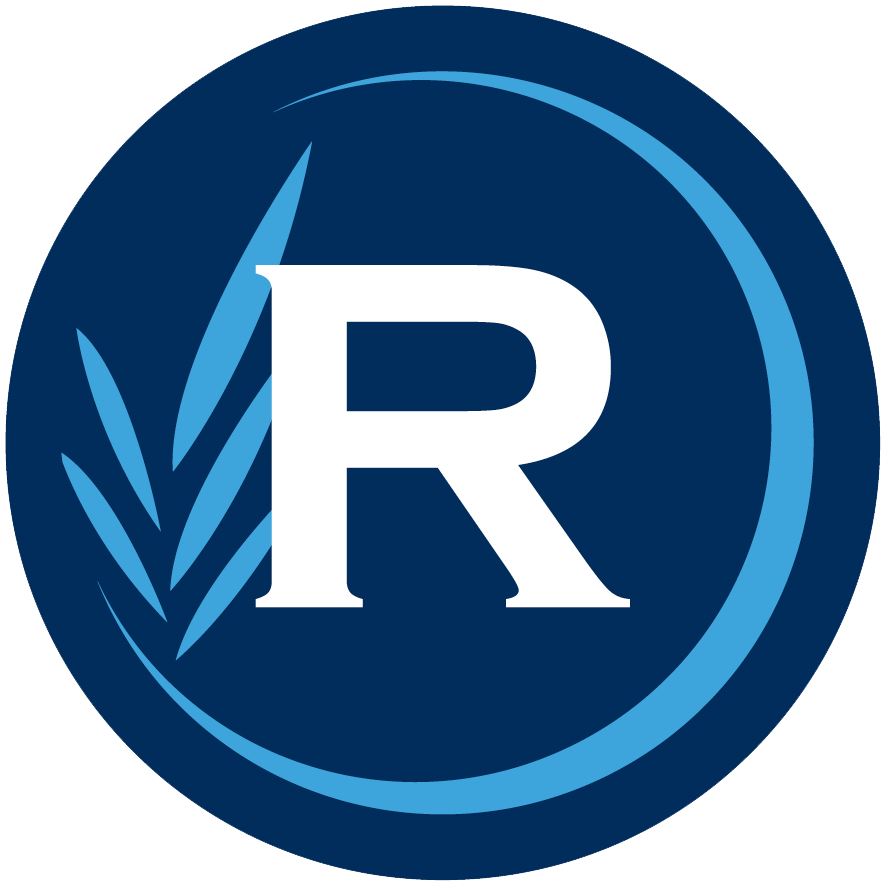House System
Aston, Mabo, Stynes and Walton
Our vertical house model supports the development of strong and positive connections between students and teachers; and to ensure that each and every one of our students feel safe and connected at school. Student Leadership and SRC are responsible for arranging a variety of activities and events throughout the year for everyone to be part of including free dress days, dress up days, sporting tournament between houses, BBQs and fundraisers.
We also hold our annual House Sports Swimming Carnival and House Sports Athletics Day in Term 1 and 2 each year. This brings the whole school together to compete for House Champion.
All of our students are supported to embrace their strengths, to nourish their sense of self, and to always tackle life’s many challenges with a growth mindset and a curious outlook. Proudly introducing the Aston Kangaroos, Mabo Dingos, Stynes Sharks and Walton Eagles. Our mascots were decided by our students and here’s the reasoning behind each chosen mascot.
ASTON KANGAROOS
Aston house is named after the famous Australian ‘Tilly Aston’.
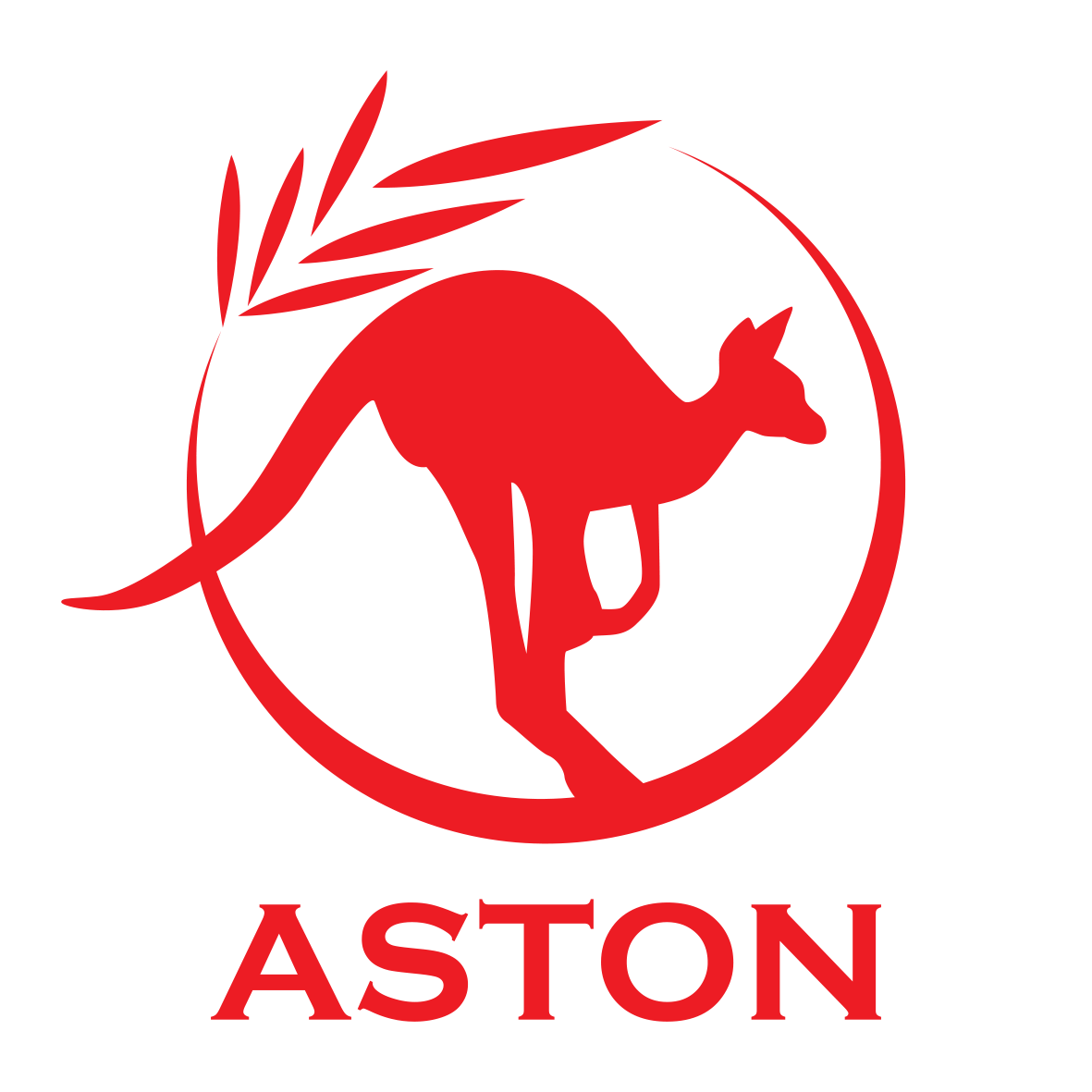
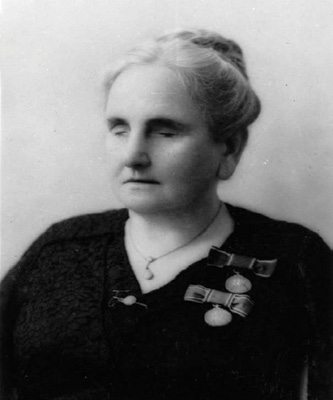
Matilda Ann Aston (11 December 1873 – 1 November 1947), better known as Tilly Aston, was vision impaired from birth and totally blind by the age of 7. She completed schooling at a boarding school and became the first blind Australian to go to a university, enrolling in an Arts Degree at the University of Melbourne. However, due to the lack of braille textbooks she was forced to discontinue her studies in the middle of her second year.
She became a blind Australian writer and teacher, who founded the Victorian Association of Braille Writers, and later went on to establish the Association for the Advancement of the Blind (now known as Vision Australia). In answer to the challenges she experienced earlier in her life, when not enough braille books were available to assist her learning, she founded the first braille library in Melbourne, which involved her transcribing books and binding the pages together to create their first books.
She became Head of the Victorian Education Department’s School for the Blind, the first blind woman to do so. Tilly’s life is an example of persistence and courage. Through her life dedicated to serving others she provided hope to many.
“Poor eyes limit your sight, poor vision limits your deeds.” – Tilly Aston.
The Aston Kangaroo is an indigenous Australian animal, appearing on the Australia coat of arms, as well as the $1 coin. Traits of the Kangaroo our students relate to in their schooling journey are; they are strong and powerful, caring and nurturing of others, explorers of unchartered territory, and they work well with others in groups.
Aston House Captains & House Leaders
East Campus
Craig McGeehan and Dan Barton (House Leaders)
- Layla Ellison
- Talei Howell
- Melanie Donald
West Campus
Gary Gilbert and Gillian Neumann (House Leaders)
- Ryan Hulley
- Natalie Whyte
- Lisa Fabrizio
- Burhanuddin Natalwala
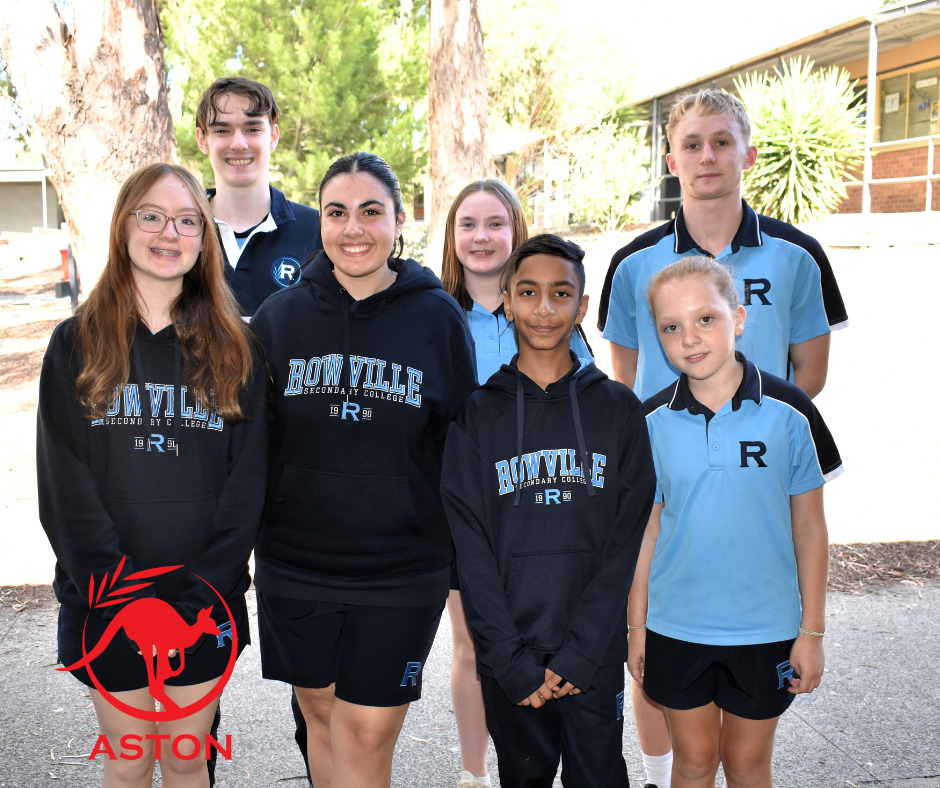
Mabo Dingos
Mabo house is named after Eddie Koiki Mabo.
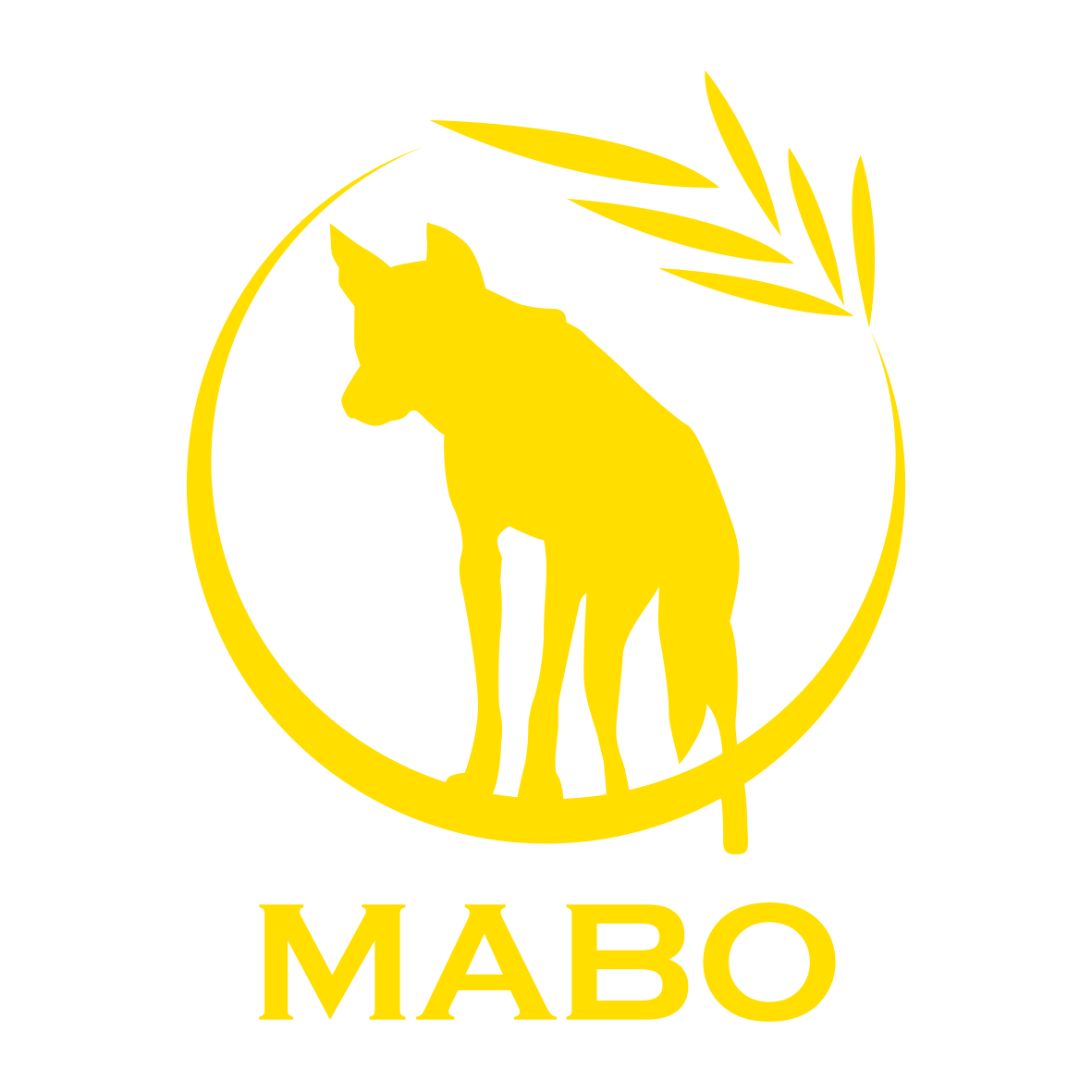
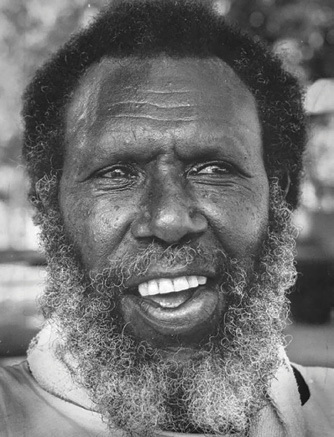
Eddie Koiki Mabo was one of the first Indigenous Australians to crusade for Indigenous land rights. In 1974, Eddie began his 18-year campaign to petition the injustice of Terra Nullius or “land belonging to no-one”. Whilst Eddie faced many rejections by the High Court during his campaign, he continued to persevere, demonstrating great resilience, courage and a great respect and love for his land and culture.
On June 3rd, 1992, the High Court of Australia ruled that Aboriginal people were the rightful custodians of the land. Eddie did not live to see the outcome of his life-long passion and commitment to this historic law change. In 1992, Eddie was posthumously awarded the Australian Human Rights Medal, along with his fellow plaintiffs ‘in recognition of their long and determined battle to gain justice for their people’. Mabo Day is marked annually on the 3rd of June, commemorating Eddie’s successful efforts to overturn the legal fiction of Terra Nullius.
The Mabo Dingo is a native Australian animal that features in many dreamtime stories. Dingos are identified as independent, curious, loyal and intelligent animals. These traits are those which we see in our Mabo House student learners.
Mabo House Captains & House Leaders
East Campus
Jay Hoeft and Peter Iannazzo (House Leaders)
- Leah Calderbank
- Mya Van Den Bosch
- Jack De Bolfo
West Campus
JP Kruger and Ada Leung (House Leaders)
- Jade Faichney
- Angelina Malic
- Kiera McMaster
- Kaitlyn Sturrock
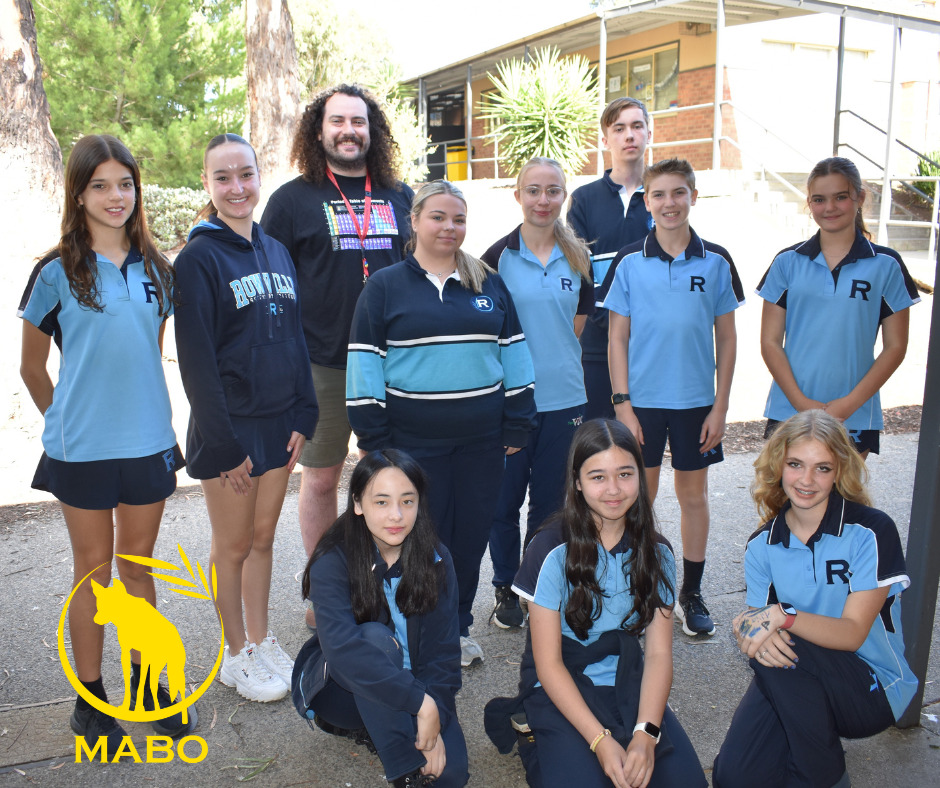
stynes sharks
Stynes House is named after AFL super star, Jim Stynes.
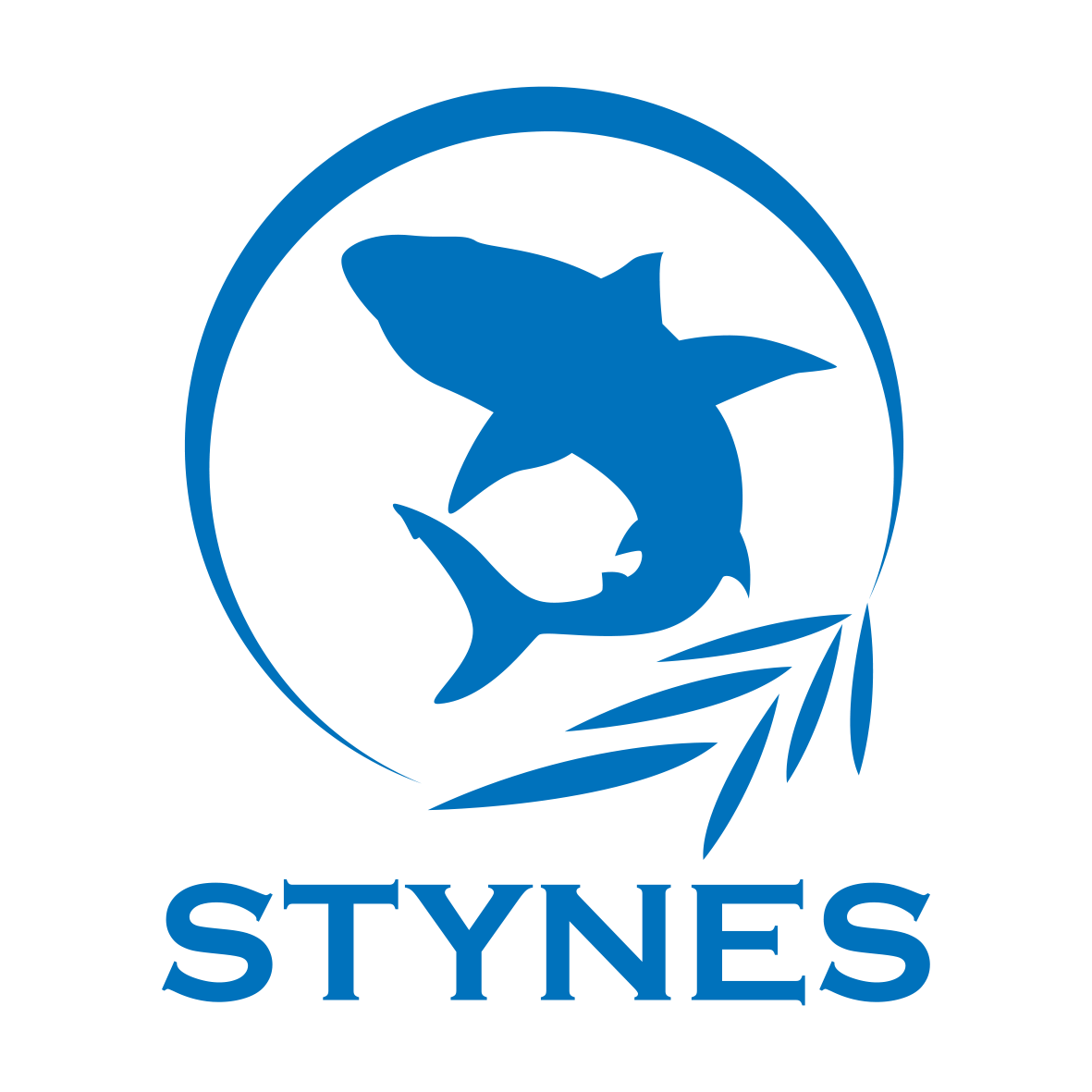
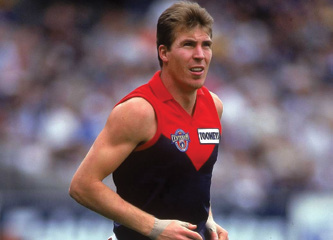
Imagine a footballer who, with no prior knowledge of the game, travelled from Ireland to Australia as a young, courageous 18-year-old. An athlete who eventually won the Brownlow
Medal due to his incredible sportsmanship and dedication to become a true team player.
Jim established a youth not-for-profit organisation in 1994, which we know fondly as the REACH Foundation. To this day, REACH upholds Jim’s enthusiastic vision to inspire young people to believe in themselves, chase their dreams and reach their fullest potential.
A long-standing legacy which continues to care for the wellbeing of more than 30,000 young Australians each year. Jim always said that if young people truly believe in themselves, anything is possible!
Jim bravely fought his illness with such resilience, and strength, inspiring many others in similar situations. He leaves a truly inspiring legacy which we, in Stynes House, aspire to uphold.
The Stynes Shark is an animal capable of complex social interactions using subtle body language in order to communicate with each other. The shark continually moves through its watery environment with confidence. It is resilient, strong, tough and persistent. Instead of fearing the predatory prowess of these animals, Aboriginal people see in sharks, strength and values which are a model of human behaviour.
Stynes House Captains & House Leaders
East Campus
Kate Varnham and Deanna Lo Bianco (House Leaders)
- Ethan Haley
- Alana Culpitt
- Milly Comport
- Hazel Buckley
West Campus
Chris Gurr and Marisa Capello (House Leaders)
- Annabella Hunt
- Zack Benedetti
- Toby Culpitt
- Georgia Woods
- Ryleigh Alabaster
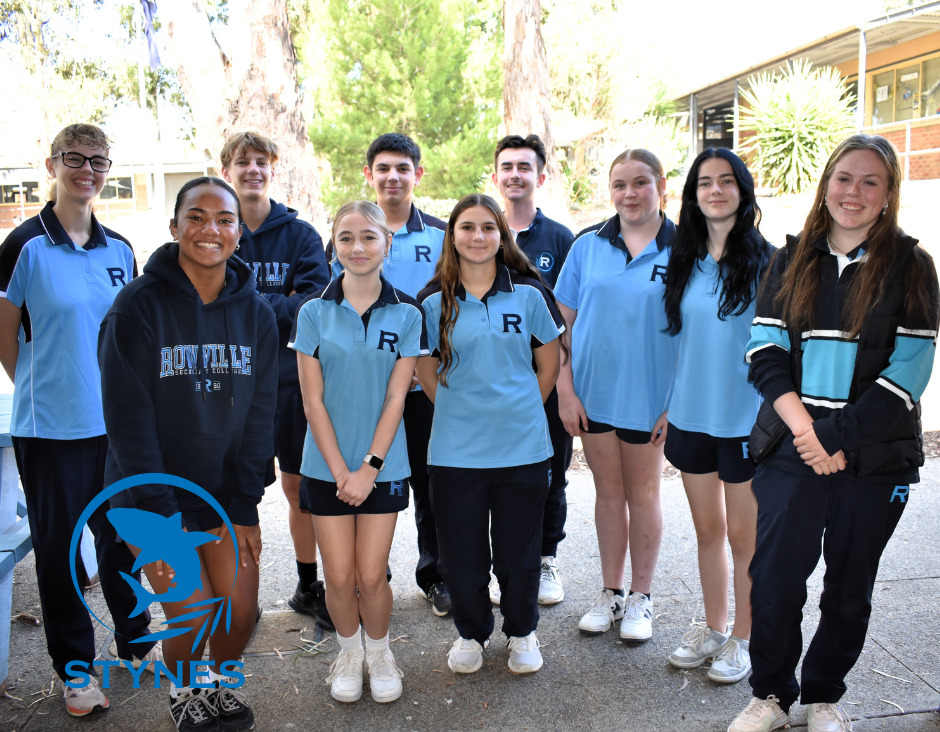
walton eagles
Walton House is named after Nancy Bird Walton.
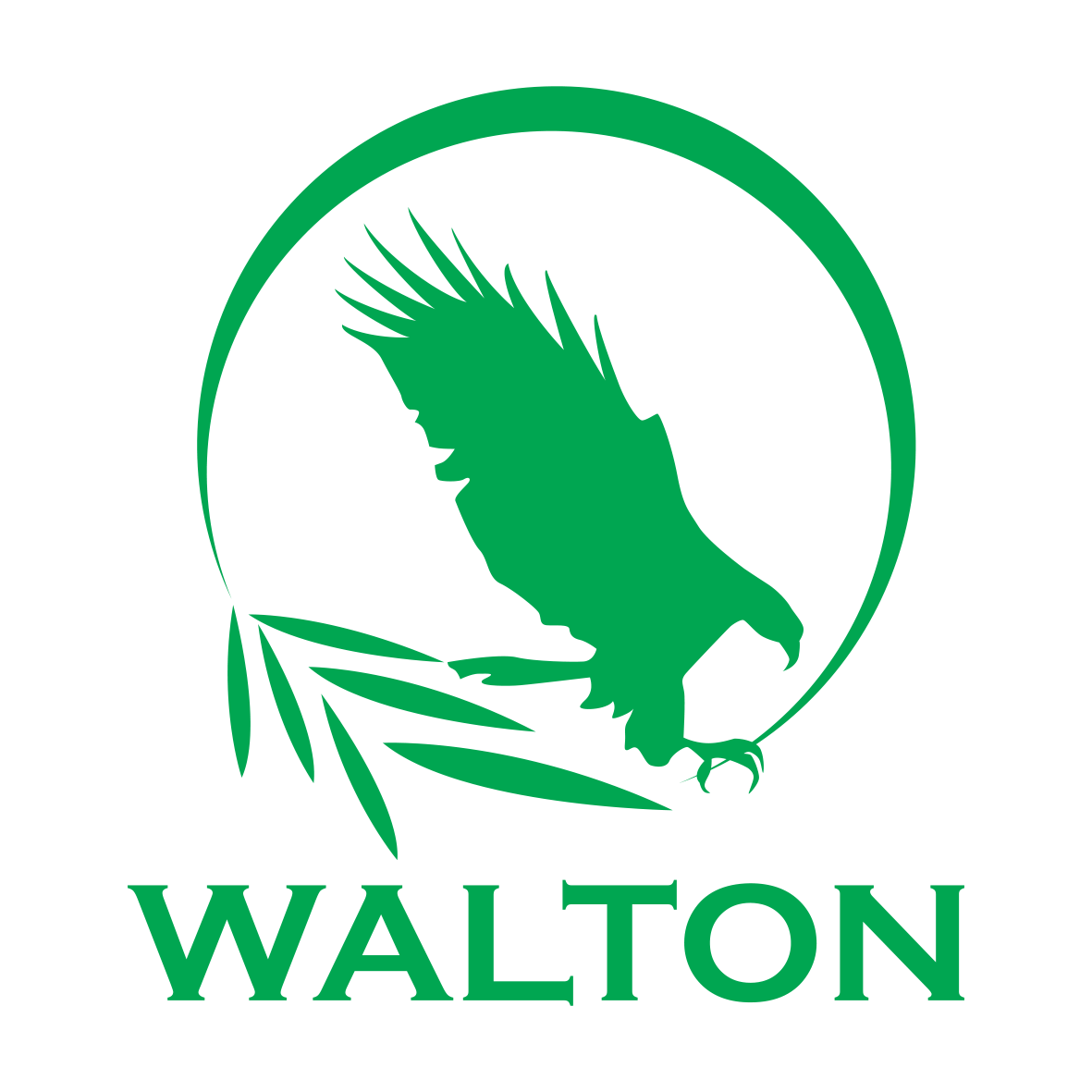
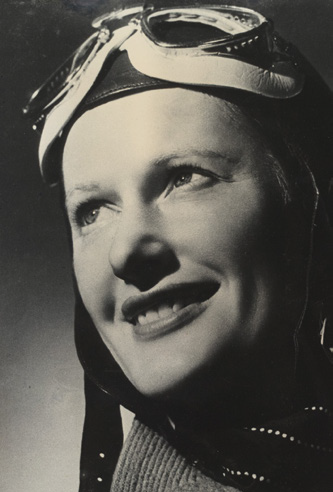
Nancy was the first female commercial pilot in Australia. Nancy was pivotal in setting up a flying ambulance and baby clinic service that could reach the isolated and remote areas of New South Wales and Queensland. Nancy’s role in pioneering and implementing the vital service demonstrates strong notions of compassion and empathy.
The Walton Eagle was chosen for its Australian identity, connection to the indigenous people of this land and and it’s ability to fly like our namesake: Nancy Bird-Walton. The Eagle represents the creator of the land and waterways of this area. Fly high.
Walton House Captains & House Leaders
East Campus
Jade Williams and Felissa Tsolakis (House Leaders)
- Alison Oliver
- Sienna Smith
- Nina Collie
- Kyle Gazarian
West Campus
Mel Evans and Shane Pilkington (House Leaders)
- Sia Desai
- Catherine Lai
- Kieran Payne
- April Rankin
- Mahkayla Connolly
- Aiden Woodclarke
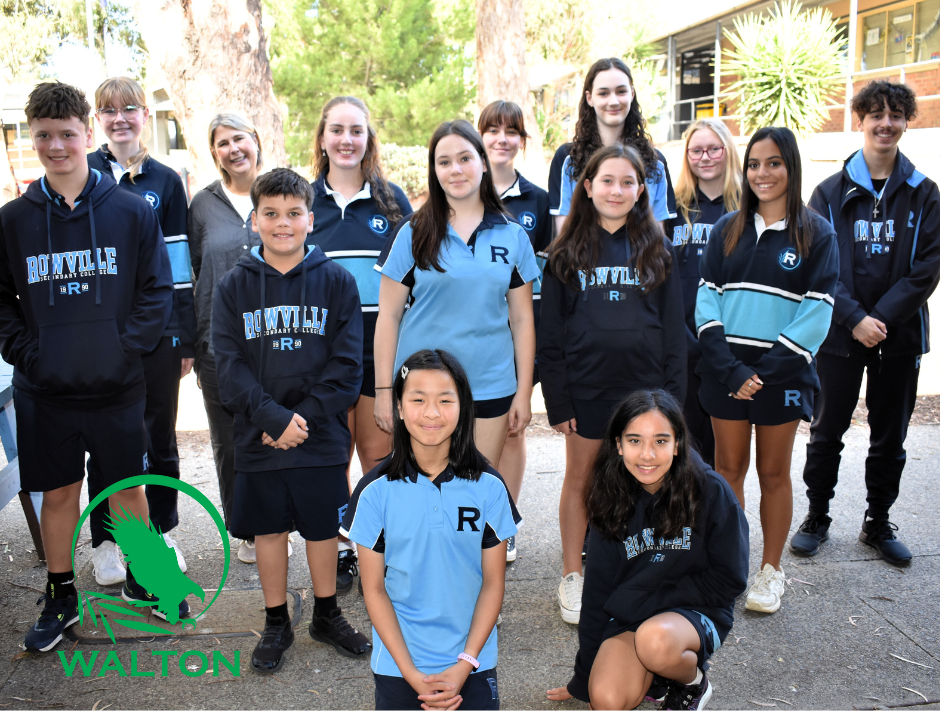
Learning Mentor Class
At the heart of this house system are Learning Mentor (LM) class which gather for 20 minutes at the start of every day. These LM class encourage friendships across year levels, help to build positive student – teacher interactions, while also providing a contact teacher (Learning Mentor) for each student’s family. LM groups give opportunity for teachers to really get to know their students and follow their development throughout their secondary school career. It also creates a strong triangle of communication between student, parent and LM.
Within each Learning Mentor lesson, the Learning Mentor provides students with the skills to be successful in their learning goals. Learning Mentor lessons assist the students in understanding our School Wide Positive Behaviours (Respect, Responsibility, Excellence and Community) and provide them the tools to action constructive behaviours both in and out of the classroom. Our Learning Mentor lessons also cater to the Department’s Respectful Relationships program as well as developing considerate and thorough Career Actions plans that are reviewed and revised annually


House Events
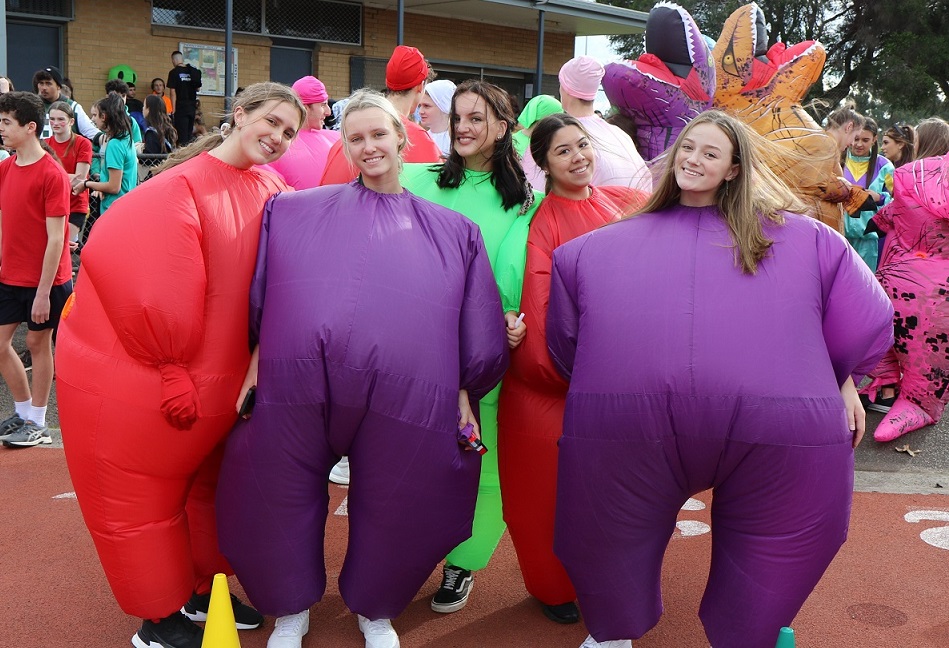
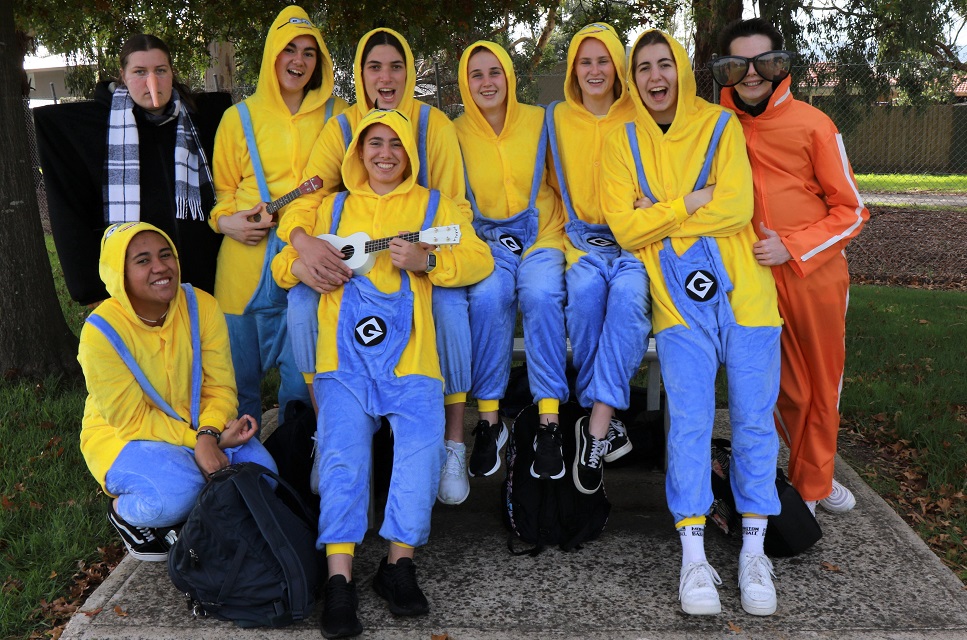
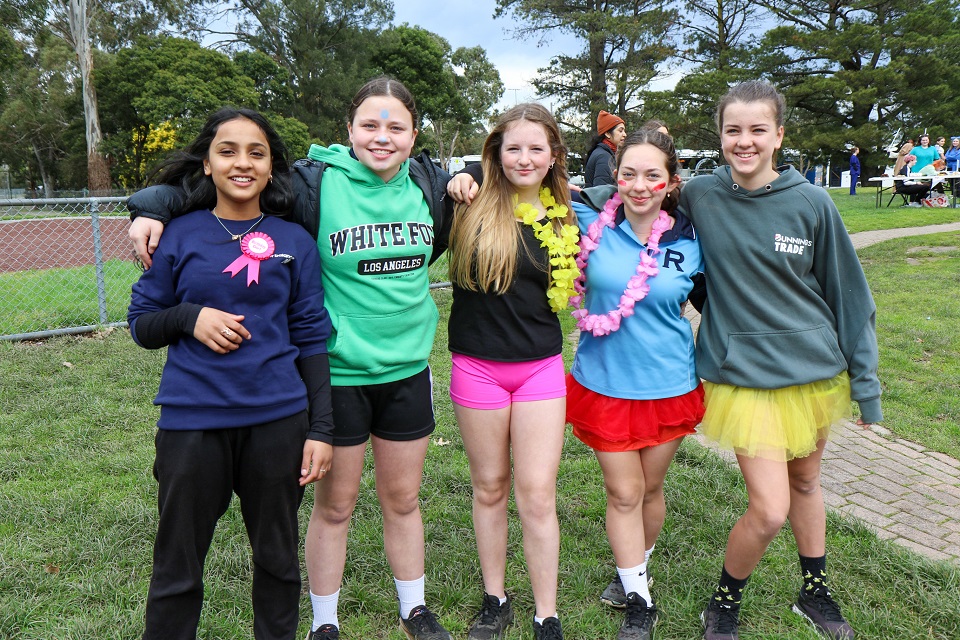
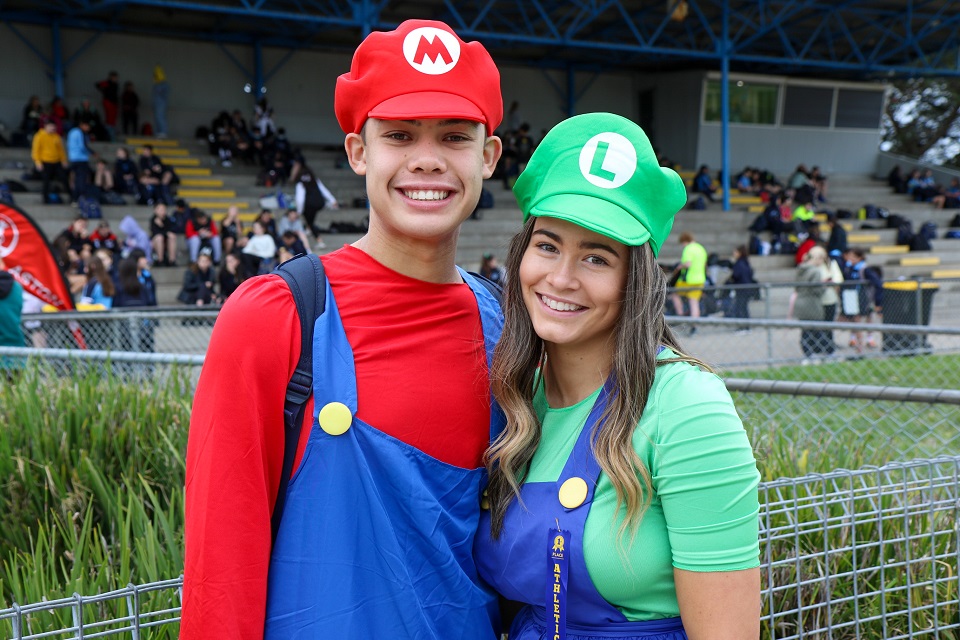
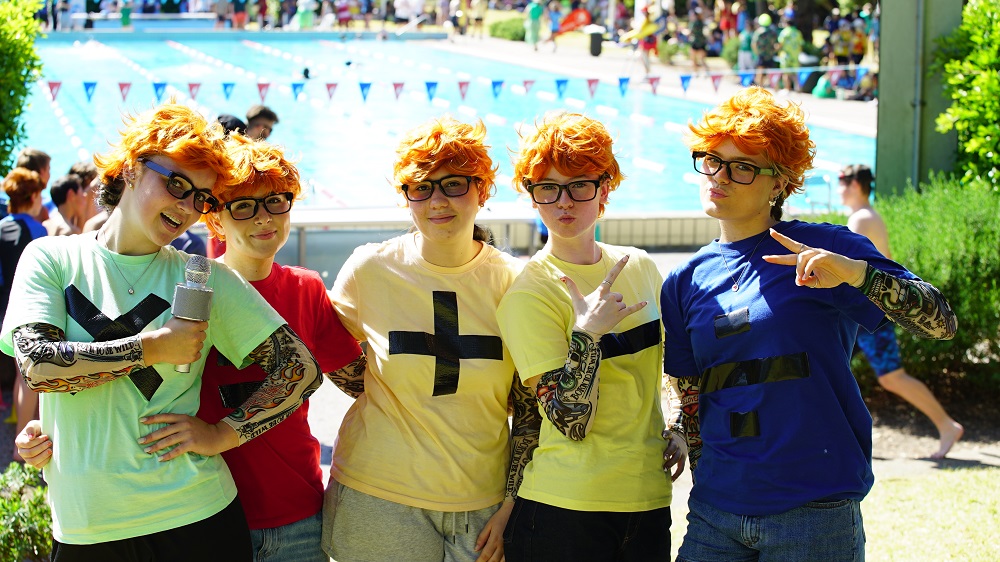
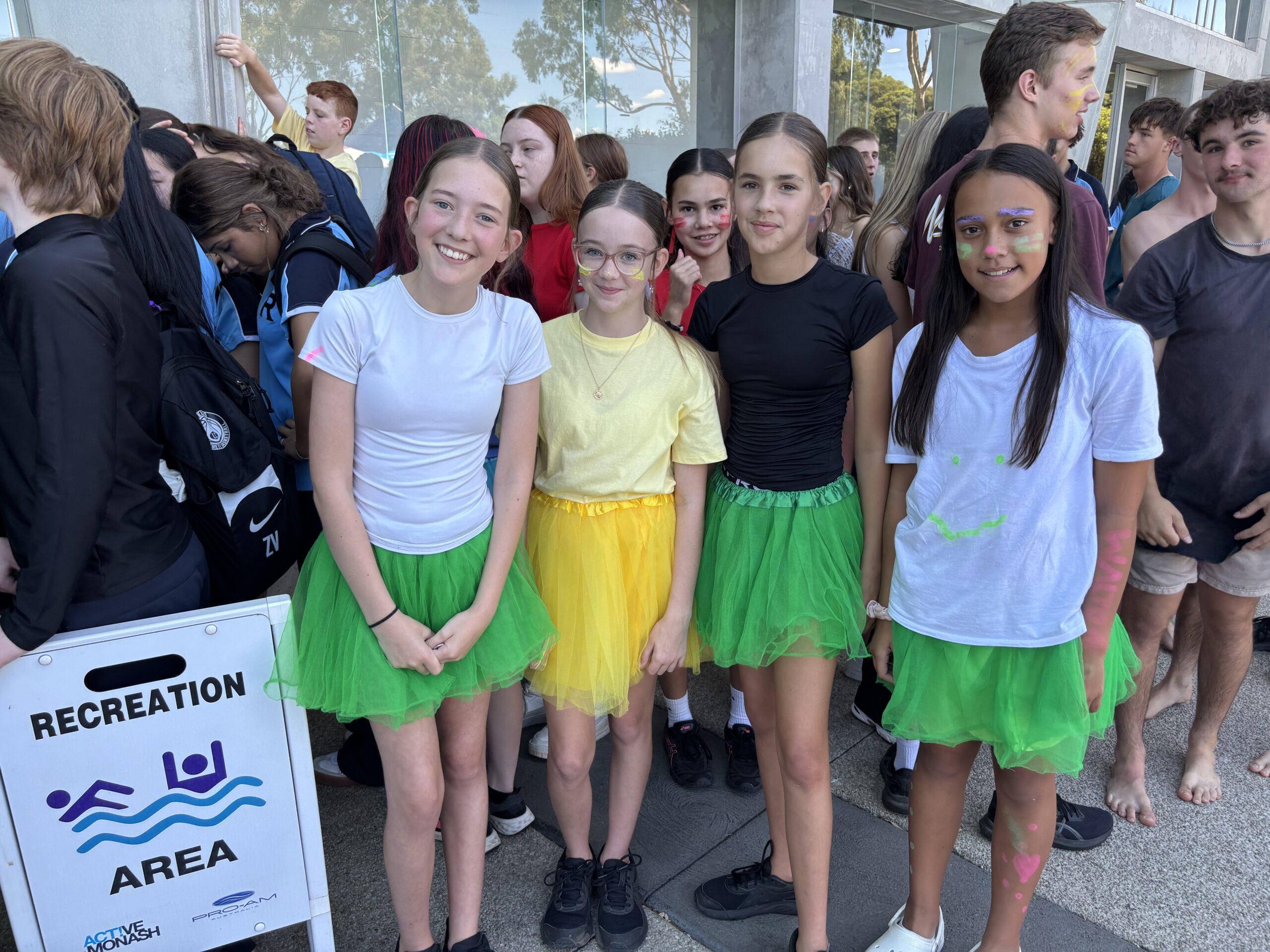
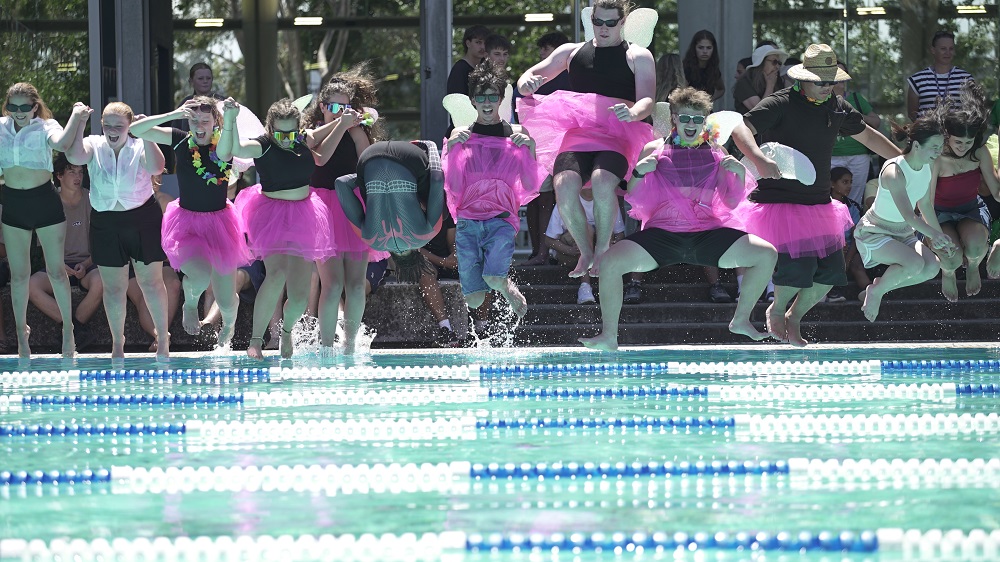
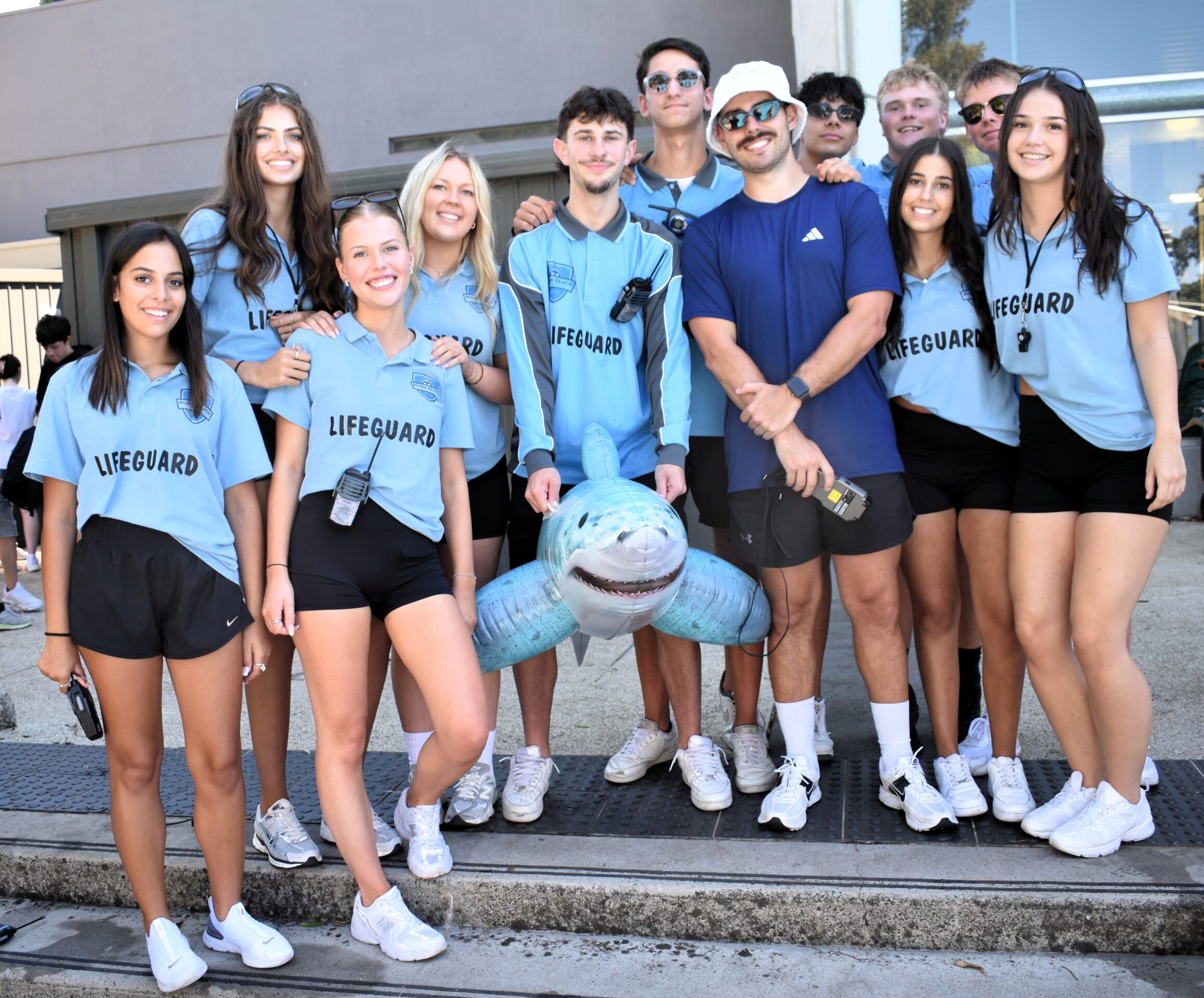
Quick Links
OUR PROGRAMS


